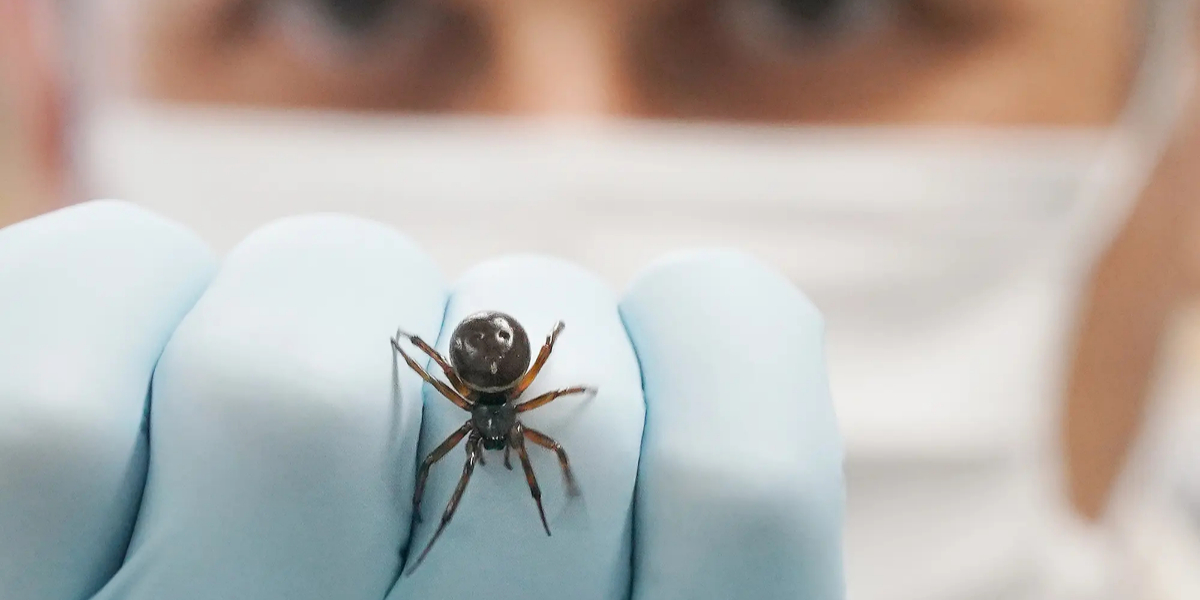Revealed: the Neanderthal secrets hidden in a Channel Islands cave

UK-based scientists have discovered the strongest physical evidence ever found for Neanderthal humans interbreeding with our own species, anatomically modern humans (AMH).
For the past 10 years researchers have succeeded in finding genetic evidence for the two species interbreeding, but this is the first time that they have identified compelling physical evidence of prehistoric Neanderthal/AMH hybrids.
The evidence consists of 11 approximately 45,000-year-old teeth studied over recent years by scientists from the Natural History Museum, University College London and the University of Kent.
The teeth were unearthed by archaeologists in 1910 and 1911 in a cave on the island of Jersey, but have only now been subjected to detailed examination.
 They are almost certainly from just two Neanderthal individuals whose skulls or bodies had been put, probably deliberately, on a prominent ledge inside La Cotte de St Brelade cave on what is now the southwest coast of the island.
They are almost certainly from just two Neanderthal individuals whose skulls or bodies had been put, probably deliberately, on a prominent ledge inside La Cotte de St Brelade cave on what is now the southwest coast of the island.
“The teeth from both individuals have some features which are typically Neanderthal and others which are typically anatomically modern human,” said Professor Chris Stringer of the Natural History Museum.
It is likely that both hybrid individuals were members of a local Neanderthal community which periodically based itself in the cave.
The discovery that the Jersey teeth probably belonged to Neanderthal/AMH hybrid descendants may potentially help solve one of humanity’s greatest mysteries – namely, why did the Neanderthals become extinct and, more importantly, why is there now only one human species, rather than several (as there were for most of the Stone Age)?
Over the last five years, archaeological investigations inside and around the cave have for the first time revealed the everyday lives of the Neanderthal (and probable mixed heritage) humans who lived there.
Hundreds of stone tools and substantial quantities of food debris have been unearthed.
The archaeologists have studied dozens of flint knives, numerous spearheads, and scores of flint scrapers used by the cave’s inhabitants to clean animal skins and remove bark from wood.
Many of the tools were made in the cave, but the flint itself had been brought there from at least 30 miles away.
Perhaps the most unusual discovery was a particularly fine and beautiful scraper, made of red jasper, probably obtained from at least 100 miles away.
The food debris gives a clue as to why the Neanderthals based themselves in this particular cave.
They seem to have been feasting not only on reindeer and bison, but also on ultra-thick-skinned, well “armed and dangerous” fully grown woolly rhinoceroses and woolly mammoths.
The cave appears to have been a hunting base chosen specifically because it overlooked a 10-square-mile area of dozens of steep-sided mini-canyons, two to three metres deep, which crisscrossed each other, thus providing perfect opportunities for ambush hunting.
That “killing fields” landscape still, in a sense, survives today, but lies at the bottom of the English Channel. It has now been mapped by researchers from the University of St Andrews and the University of Aberystwyth, using side-scan sonar and bathymetric survey technology.
However, on the surface of the 11 mixed heritage Stone Age teeth, evidence has survived, which suggests the probability that the community’s food supply had not always necessarily been secure.
The teeth bear tell-tale poor growth marks on their enamel, revealing that at least one of the two individuals had suffered several periods of severe stress between the ages of three and five. Each period of stress had probably lasted for several weeks – and may well have been caused by episodes of malnutrition.
The scientists are now planning to extract DNA, isotopic and other evidence from the teeth to gain additional insights into who their owners were.
On the balance of probabilities they were members of the group living in the cave, but it is also conceivable that they were captives who had been killed and eaten. Certainly, cannibalism was relatively common among Neanderthal humans, although normal respectful treatment of the dead was even more common.
Only future analysis of food debris in the cave will reveal whether any bones from Neanderthal feasts in the cave were from humans – potentially even from the two mixed-heritage young adults whose teeth have now begun to reveal to the world an untold tragedy from 45 millennia ago.
The project, which includes engineering works to project the site from destruction by the sea, has been made possible and funded by Jersey Heritage and the UK’s Natural Environment Research Council, and has been run by scientists from the Natural History Museum, UCL Institute of Archaeology, University of Wales Trinity St David, the University of Kent, Wessex Archaeology and the British Museum. High-resolution CT scans of all the teeth have been made publicly available at Human-Fossil-Record.org.
The research was published on Monday in the Journal of Human Evolution.







